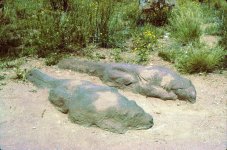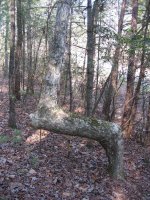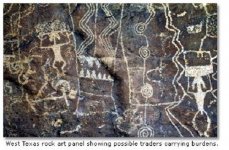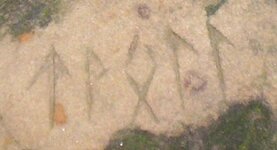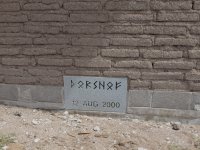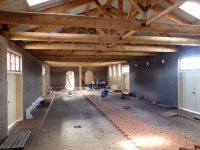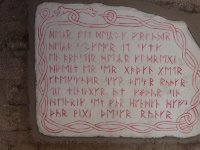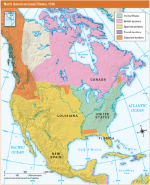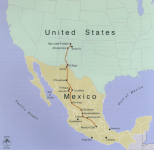sdcfia
Silver Member
- Sep 28, 2014
- 3,657
- 8,880
- Primary Interest:
- Other
This map shows Native American trails that go from Detroit to Santa Fe. Stone animals, along the trails, are a part of treasure lore. There are two stone lions that were carved by Native Americans and I believe they are just west of Santa Fe.
https://archive.org/stream/stonelionsofcoch00priniala/stonelionsofcoch00priniala_djvu.txt
These likely aren't trail markers, as they're real hard to get to. They're in Bandalier National Monument and were apparently some sort of shrine for the natives before their pueblo was destroyed. They're about three feet long (six with tails) and carved out of a single outcropping of solid rock. If I lived closer to that part of the state, it'd be a great destination to find.
